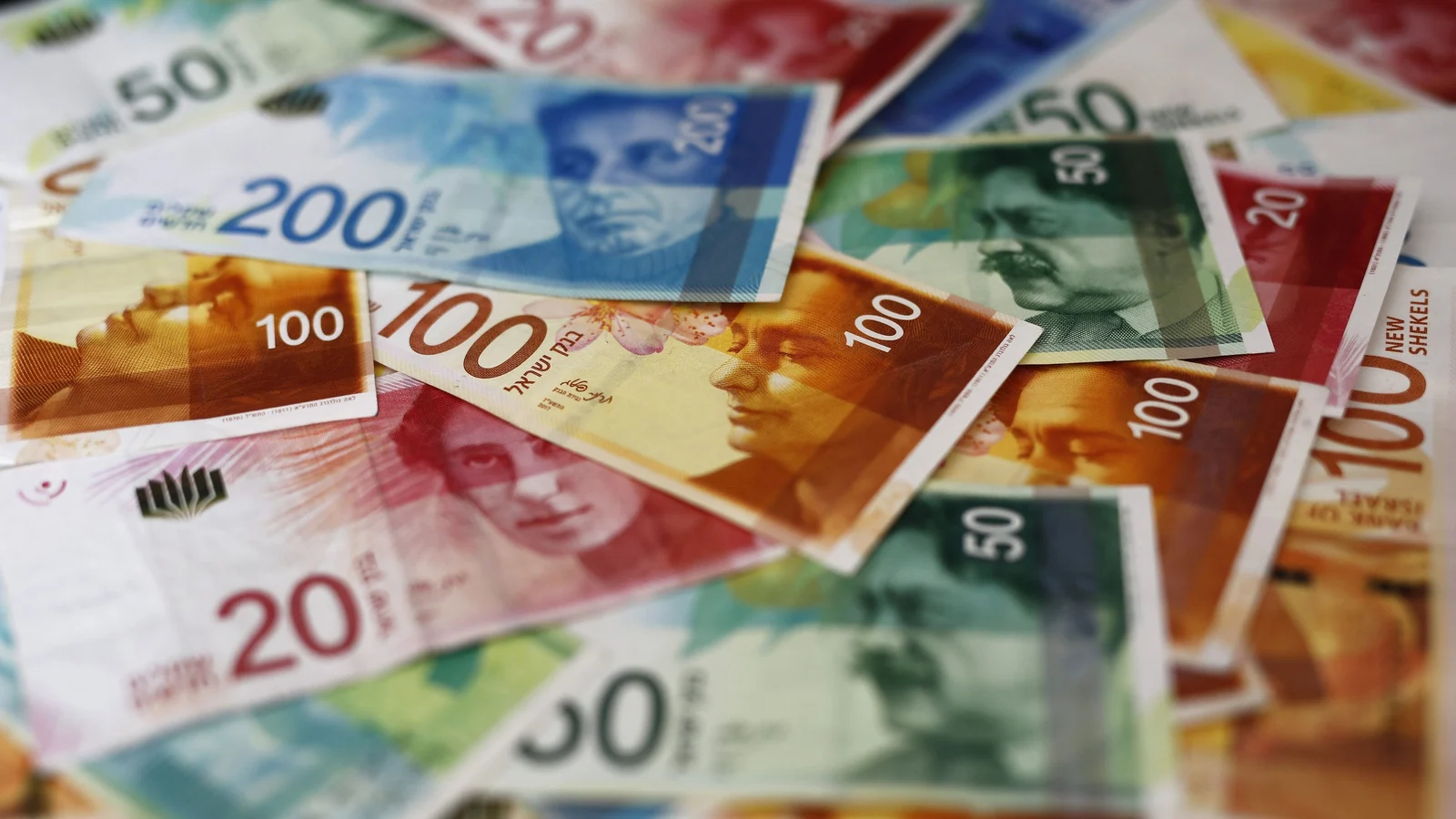Shekel Plummets Amid Israel-Hamas Tensions
The Israeli shekel plunged to a seven-year low on Monday, driven by escalating tensions between Israel and Hamas militants over the weekend. This decline in the currency’s value prompted an immediate response from the Bank of Israel, aiming to stabilize the economy during these volatile times.
Bank of Israel’s Counteraction
The central bank announced a comprehensive strategy to infuse liquidity into the market, committing to sell up to $30 billion in foreign exchange. An additional $15 billion would also be made available through swap initiatives. This move is designed to moderate the shekel’s volatility and ensure the market’s smooth operation amidst the ongoing conflict.
The Shekel’s Decline
Within five days, the shekel had depreciated by 2.8% against the U.S. dollar, exacerbating the 7.25% dip recorded over the previous six months. Golan Benita, the chief of the central bank’s market division, remained confident in their intervention, dismissing speculators amidst the financial tumult. Despite these actions, the bank is not considering an increase in the benchmark interest rate.
Comparisons are being drawn to the 2008 financial crisis, with predictions of another recession by 2024. The cost of insuring the nation’s debt against default has spiked, indicating heightened investor anxiety. The country’s GDP growth has been inconsistent, and recent events have further complicated the economic landscape.
Market Volatility
Monday saw a mixture of reactions in various markets. Equities and cryptocurrencies experienced significant upheavals, while traditional safe havens like oil, the yen, and precious metals initially capitalized on the situation. However, as investors rushed to secure profits, both gold and silver prices experienced a downturn.
The Bank of Israel reaffirmed its commitment to closely monitor market trends and take appropriate measures to stabilize the economy. The additional liquidity through foreign exchange and swap mechanisms aims to cushion the shekel and the broader economy from the ongoing geopolitical and economic challenges.
